Dr Hannah Newton is a social historian of early modern England at the University of Cambridge, specialising in the experiences of illness, childhood, and the emotions. Hannah joined the Department of History and Philosophy of Science in 2011, as a Wellcome Trust Medical History Fellow. Her project is about recovery and convalescence from illness in England, 1580-1720. It developed out of her doctoral research, now a book, The Sick Child in Early Modern England, 1580-1720, which was published earlier this year by Oxford University Press.
Horrible histories are not just for kids. Adult historians also seem to have an unquenchable thirst for grim tales of disease, death, and suffering. Before the birth of modern medicine, people fell ill, took ineffective remedies, and died, so the story goes. A quick glance at newspaper headlines, bestseller charts, and TV listings, indicates that this penchant for pain pervades our society. Perhaps it stems from a desire to put our own troubles in perspective, or maybe we enjoy the odd mix of emotions that other people’s afflictions elicit in us. Whatever the reason, I don’t think the situation is healthy!
My new research project opens a window onto a happier side of history: recovery from illness in England between the late sixteenth and early eighteenth centuries. Contrary to common opinion, most illnesses at this time did not end in death; as such, my project seeks to rebalance our picture of early modern health. Drawing on sources such as diaries, letters, and doctors’ casebooks,I ask how doctors and laypeople defined and explained recovery, while exploring the emotional and spiritual experiences of recovering patients and their loved ones.

Saint Elizabeth offers a bowl of food and a tankard of drink to a male patient in the hospital in Marburg, Germany: 1598; by Adam Elsheimer from the Wellcome Library, London creative commons collection.
I became interested in this subject whilst preparing my book, The Sick Child in Early Modern England. The recovery of one particular child, eleven-year-old Martha Hatfield from Yorkshire, provided the inspiration. In 1652, this girl had been suffering from a disease called ‘spleen wind’ for nine months. During this time her family had been ‘continually under sadnesse, and their sleep broken’. They longed for God to ‘ease her of her pain, [so] that [their] eares…might not be filled with such dolefull cries, nor their hearts with those fears and amazements’.
One December morning, Martha suddenly felt strength returning to her limbs. She told her father, ‘It trickled down, and came into [my] thighs, knees, and ancles, like warm water’. Seeing her mother ‘being set upon the bed by her’, Martha ‘rejoyced…with laughing and stroaking of her face, and clasping her armes about her neck’. The next morning, she ‘took some food without spilling’, and told her parents that she had had ‘a very good night’, not waking until ‘seven a clock’. In the afternoon, she ‘played with some odde toys…which Neighbours had brought her…in a little Basket’, and towards the evening, her sister Hannah, who had been ‘very tender of her’ during her illness, ‘took her up, and set her upon her feet, and she stood by herself without holding, which she had not done for three quarters of a year’. Over the next week, Martha ‘encreased in strength…beyond all expectation’, and at last announced to her family, ‘me is pretty well…I am neither sick, nor have any pain’. A day of thanksgiving was arranged to praise God for His ‘glorious end to this affliction’. One of the guests recalled that the sight of Martha ‘com[ing] forth into the Hall to meet and welcome us…was wonderfull in our eyes, so that our hearts did rejoyce with a kind of trembling’.
This narrative was written up by Martha’s uncle, James Fisher, and published a year later. It reveals the profound emotional and spiritual significance of recovery to patients and their relatives, and raises questions about early modern perceptions and experiences of recovery. How did people respond emotionally to the decline of pain and the escape from death? What did they think was happening inside their bodies during recovery, and how was it brought about? What were the signs and stages of recovery?
Recovery provides a unique opportunity for historians: it may help to find a solution to the long-standing challenge of accessing the everyday experiences and feelings of people from the past. In times of health, individuals rarely commented on the mundane aspects of life, such as eating, sleeping, and bodily sensation. In severe sickness, they were usually too unwell to be able to record their experiences. However, when recovering, all this changed – the dramatic transition from illness to health, and ‘sadnesse to mirth’, propelled the usually unnoticed facets of human existence to the forefront of people’s minds and personal writings. The act of writing – especially a letter – was ‘the first fruit of recovery’, a rite of passage on the ‘road to health’, and proof of the person’s physical fitness. As a result, recovery offers unrivalled insights into a whole array of social experiences, and especially those of the body and the emotions, two fields of history which my project seeks to bring together.
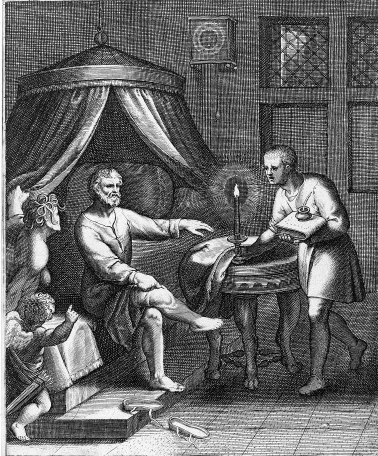
Mental exercise, long life, and letter-writing. Engraving illustrating the maxim that the life of mind and body is strengthened and prolonged by incessant toil. 17th century. Wellcome Images
All this is illustrated by a sermon delivered in 1626 by the Oxfordshire clergyman Robert Harris. He wrote, in the sickchamber, ‘you shall find silence, solitarinesse, sadnesse, light shut out…misery shut in, children weeping, wife sighing…husband groning, Oh my head, O my backe, O my stomach, sicke, sicke, sick…helpe me up, helpe me downe…I cannot stand, I cannot sit, I cannot lye, I cannot eate, I cannot sleepe, I cannot live, I can|not die, O what shall I doe?’ ‘Poore man’, cried Harris, ‘hee is not well, and therefore nothing is well about him; he is sicke, and so all the world is made of sickenesse to him’. Upon recovery, however, ‘O what a change is here!’, exclaimed Harris: the man will now say: ‘my stomach is come to mee, my sleepe, my flesh, my strength, my joy, my friends, my house, my wealth, all is returned’. He concluded, ‘this motion from sicke|nesse to health[,] from sadnesse to mirth, from paine to ease, from prison to libertie, from death to life, must needs be a happie motion, worthie [of] thankes [to God]’.
Thus, it was the extraordinary difference between the states of illness and health, that made recovery such a remarkable experience, and caused patients to comment upon other aspects of life, such as food, work, and sleep. The transition ‘from pain to ease’ elicited particular attention. William Walwyn, a medical practitioner from Worcestershire, wrote that a male patient of his, ‘being tortur’d with violent pains of the Strangury’ (difficult urination), ‘found instantly a perfect release, both from pain and stoppage, to his Extream joy & satisfaction’. Contemporaries believed that these happy feelings were contingent upon the intensity of pain that had preceded them: in 1671, the French philosopher Jean-François Senault explained, ‘Joy measureth it self so justly by sorrow, that the beauty of the Triumph depends upon the greatness of the Combat…so nothing adds more to Pleasure than the Pain that hath gon before it’. Put another way, ‘alterations and changes make all things more sweete and pleasant to our senses…as the returne of the Spring after the sharpenesse of winter, and the arrivall of a friend after along voyage’.
Studying people’s emotional reactions to the abatement of pain sheds fresh light on the mind-body relationship in early modern understanding: the soul and body were depicted as close friends who sympathised with one another’s feelings. Senault explained, ‘when the body is assaulted…[with] the rage of Sickness, [the soul] is constrained to sigh with it…the Cords which fasten them together, make their miseries common…For while [the soul] is in the body, she seems to renounce her Nobility; and that ceasing to be a pure spirit, she [interests] her self in all the Delights, and all the Vexations of her Hoste: his health causeth contentment in her; and his sickness is grievous to her’. Thus, the relief and comfort of the body brought relief and comfort to the mind, just as physical pain caused emotional pain. Historians have investigated the perceived effects of the passions on the body, but much less has been written about the other side of this relationship, namely the impact of the body on the emotions.
When I set out on this recovery project, I had expected to find an unwavering story of happiness. I was to be disappointed. After illness, recovery did not always bring full physical comfort. The sixteenth-century physician Lemnius Levinus wrote, ‘men newly recovered be weak and feeble, and…wasted with the disease…their body is lean and starved’. He compared the recovered person to a victim of a highway robbery, ‘a Traveller that is got out of Theives hands, he yet pants and trembles, and is not wholly restored from the great fear and danger of his life he was in,…so a sick man, though when his disease is gone, he begins to go abroad, and find all things better with him, yet some footsteps of the disease stay yet in his body’. This term, ‘footsteps of disease’, denoted the remaining imperfections and pains that lingered after illness. The most common complaints were nausea, weakness, and relapse. In 1721, Lady Bristol told her husband John that their little daughter Peg ‘is better’ from her illness, ‘but so very weak you cant hear her speak without laying your head close to the pillow’. The expectation of relapse was even more troubling – the English poet John Donne declared that the fear of the return of illness far exceeded those anxieties which had come prior to the first bout of disease on the grounds that ‘wee can scarce fix a feare’ on an illness that had not yet come ‘because wee know not what to feare’. But the anticipation of relapse brings ‘the busiest and irksomest affection’ of fear, because the disease ‘is but newly gone, the nearest object’ to memory.
Perhaps I was a bit naïve in my hopes for uncovering an entirely happy history – as one early modern proverb succinctly states, ‘life is chequered with black and white mercies and miseries’. Nevertheless, I think that by paying greater attention to the more cheerful episodes in people’s lives, we can attain a more representative picture of what life was really like in the past.

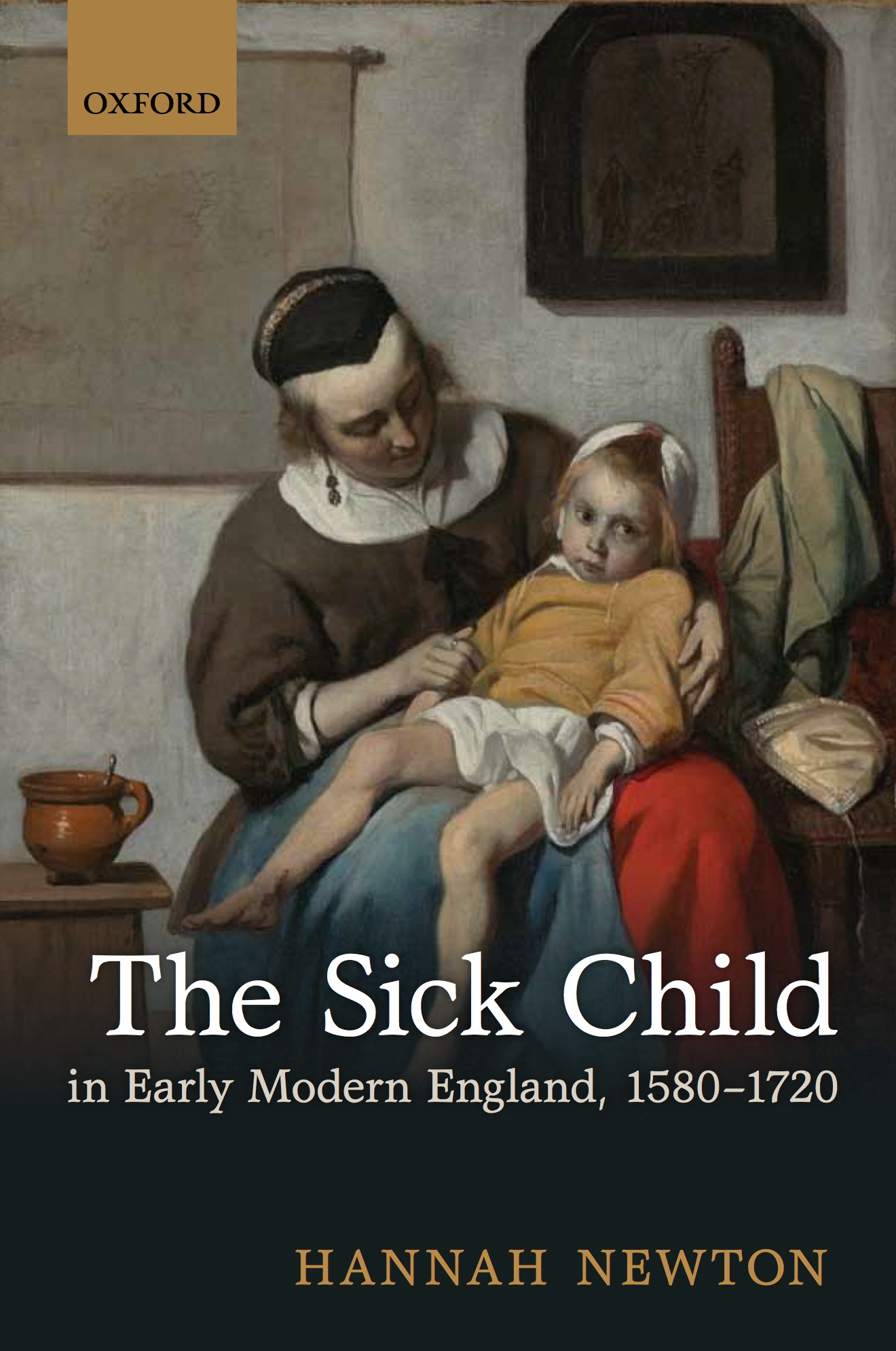


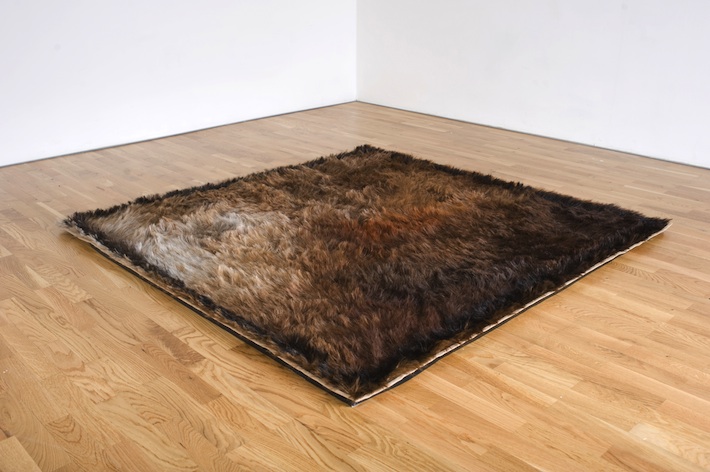
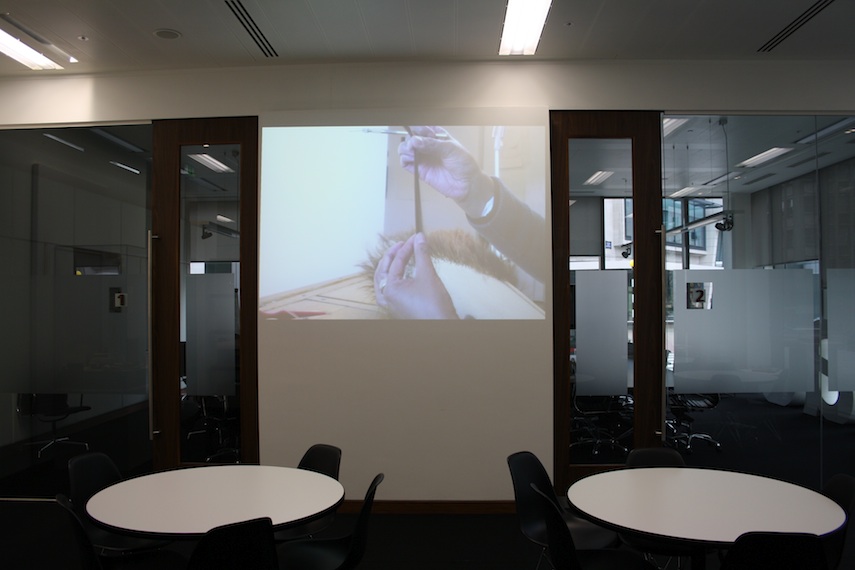

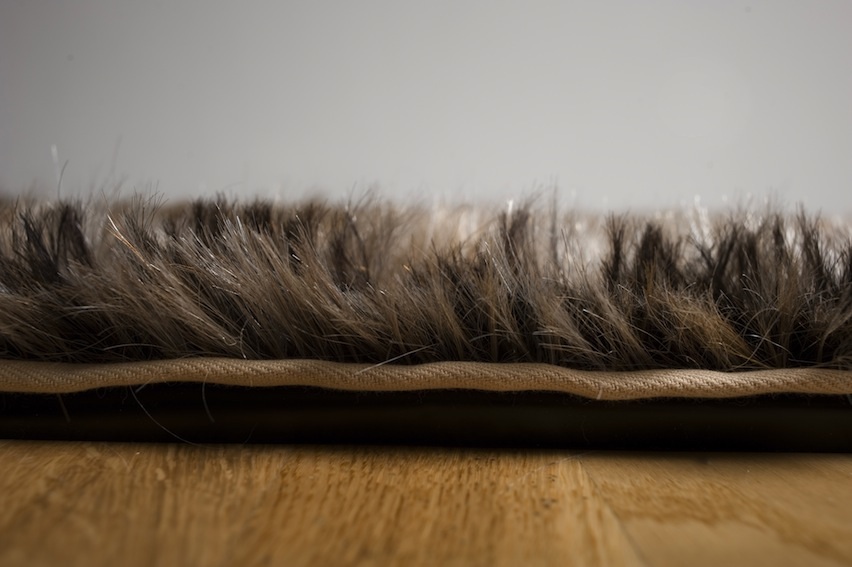
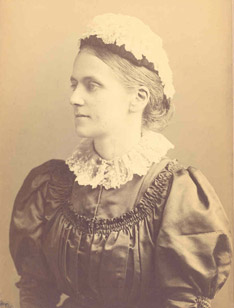
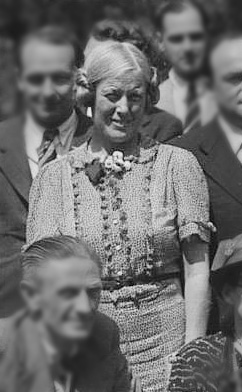
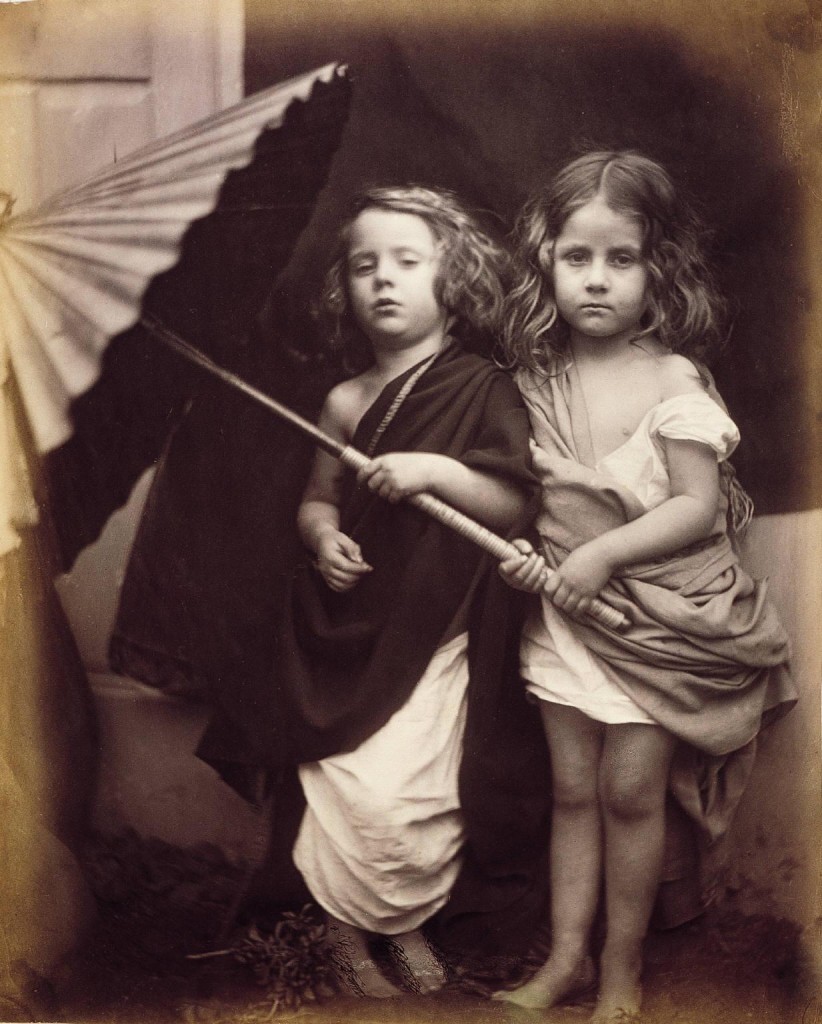
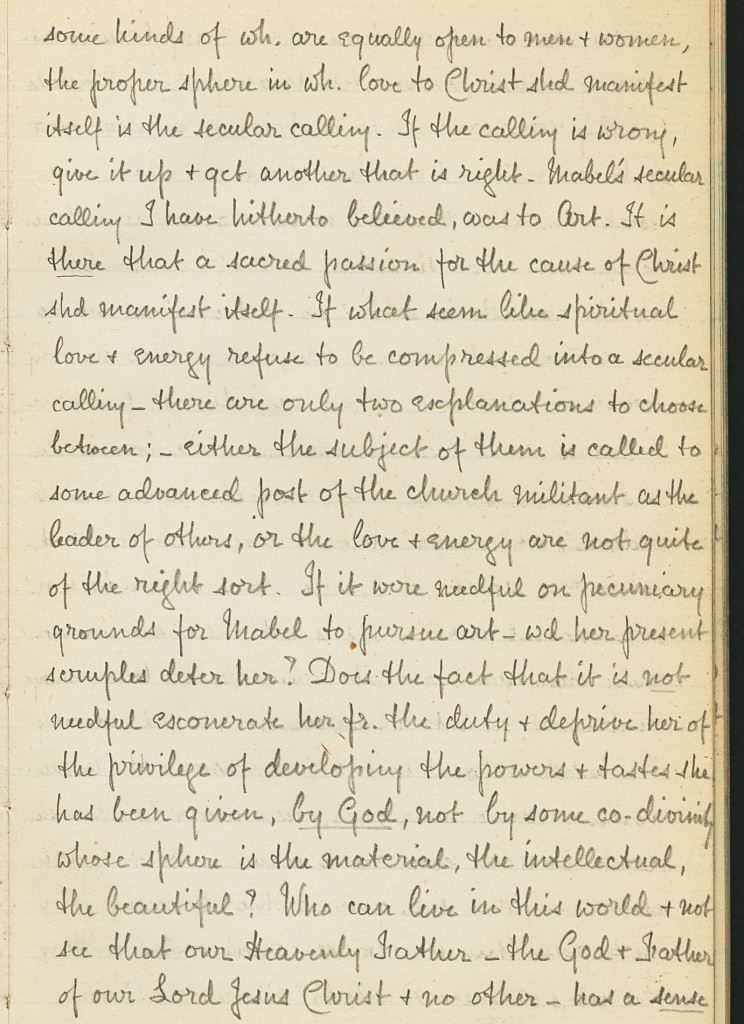

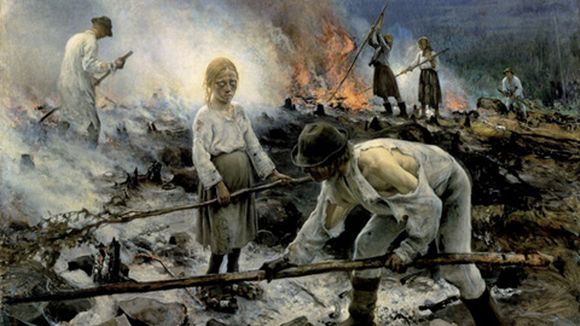
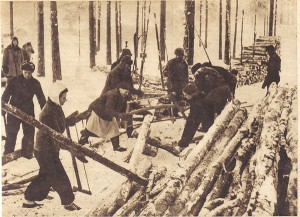
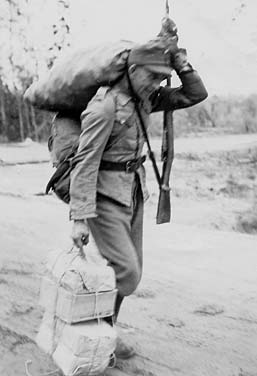


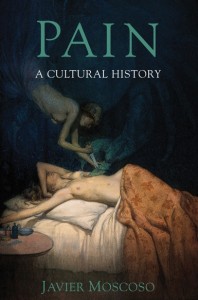
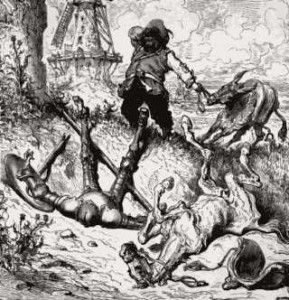
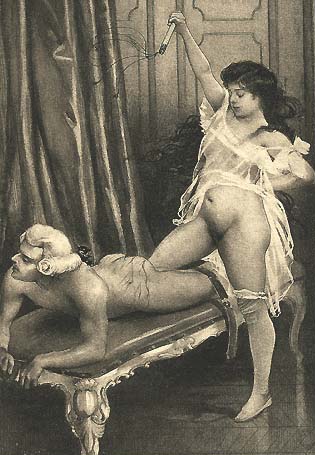
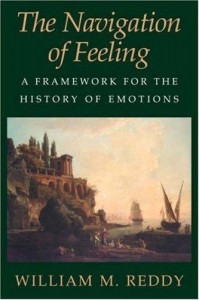
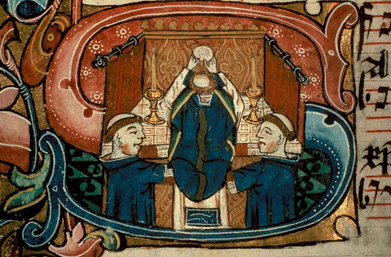
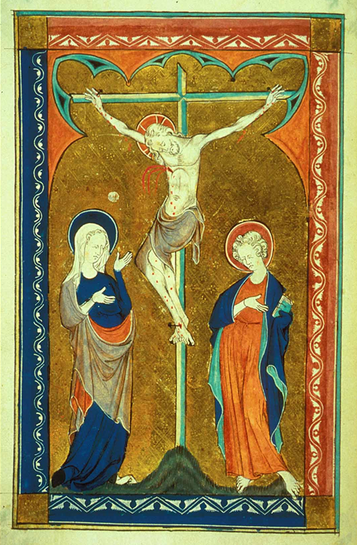
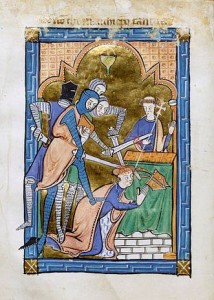
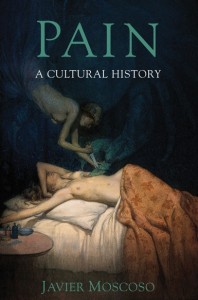

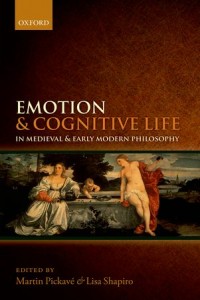
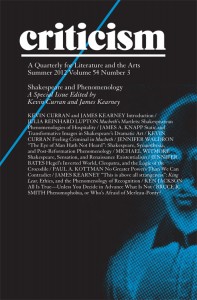
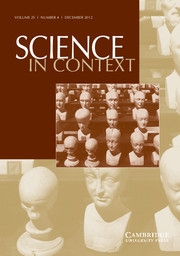

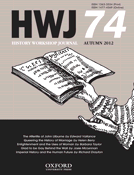



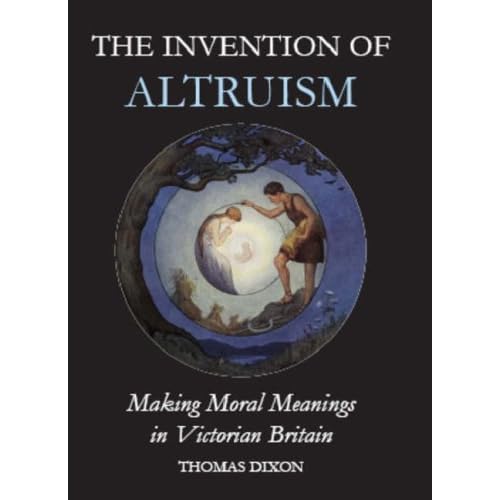 I have long been an advocate of the importance of words as historical witnesses. Linguistic change can be a motor as well as a mirror of social change, and often a very simple question about the origins and history of a word or phrase can provide illuminating results. In my own previous research I have subjected the words ‘
I have long been an advocate of the importance of words as historical witnesses. Linguistic change can be a motor as well as a mirror of social change, and often a very simple question about the origins and history of a word or phrase can provide illuminating results. In my own previous research I have subjected the words ‘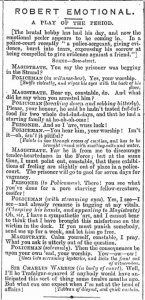
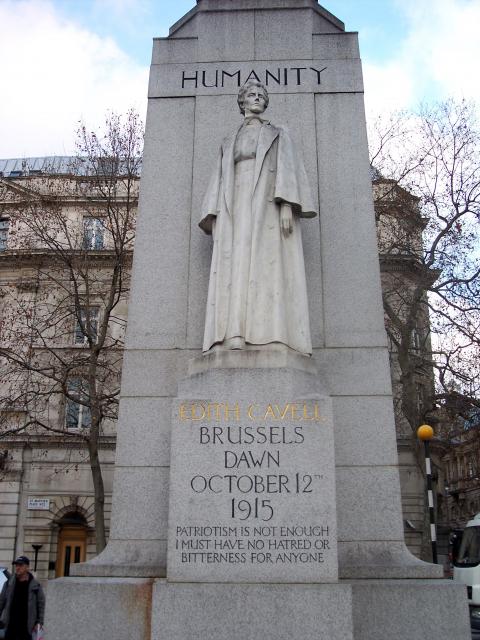 On the other hand, Edith Cavell, a nurse who was prepared to die for a patriotic cause during the First World War, and whose sacrifice is commemorated by a monument on St Martin’s Place in London, embodied exactly that combination of stoical discipline and dutiful self-denial, which came to be signified by the formula ‘stiff upper lip’ once it had become a naturalised term in British English. Cavell was executed by a firing squad of German troops on 12 October 1915 for helping prisoners escape from Belgium. On the night before her execution she said ‘Patriotism is not enough. I must have no hatred or bitterness for anyone.’ At home the reaction to the shooting of Edith Cavell was one of national grief and moral outrage, but one periodical, The Academy, chided the public for their response:
On the other hand, Edith Cavell, a nurse who was prepared to die for a patriotic cause during the First World War, and whose sacrifice is commemorated by a monument on St Martin’s Place in London, embodied exactly that combination of stoical discipline and dutiful self-denial, which came to be signified by the formula ‘stiff upper lip’ once it had become a naturalised term in British English. Cavell was executed by a firing squad of German troops on 12 October 1915 for helping prisoners escape from Belgium. On the night before her execution she said ‘Patriotism is not enough. I must have no hatred or bitterness for anyone.’ At home the reaction to the shooting of Edith Cavell was one of national grief and moral outrage, but one periodical, The Academy, chided the public for their response: